You must have seen composite decking in your life, but have you ever had this question: what is composite decking? This article explores the essence of composite decking, its advantages, common problems, longevity, and how to enhance its functionality with transition strips. Additionally, it addresses key considerations such as cost and the best options available in Australia, ensuring you're well-equipped to make a decision for your decking project.
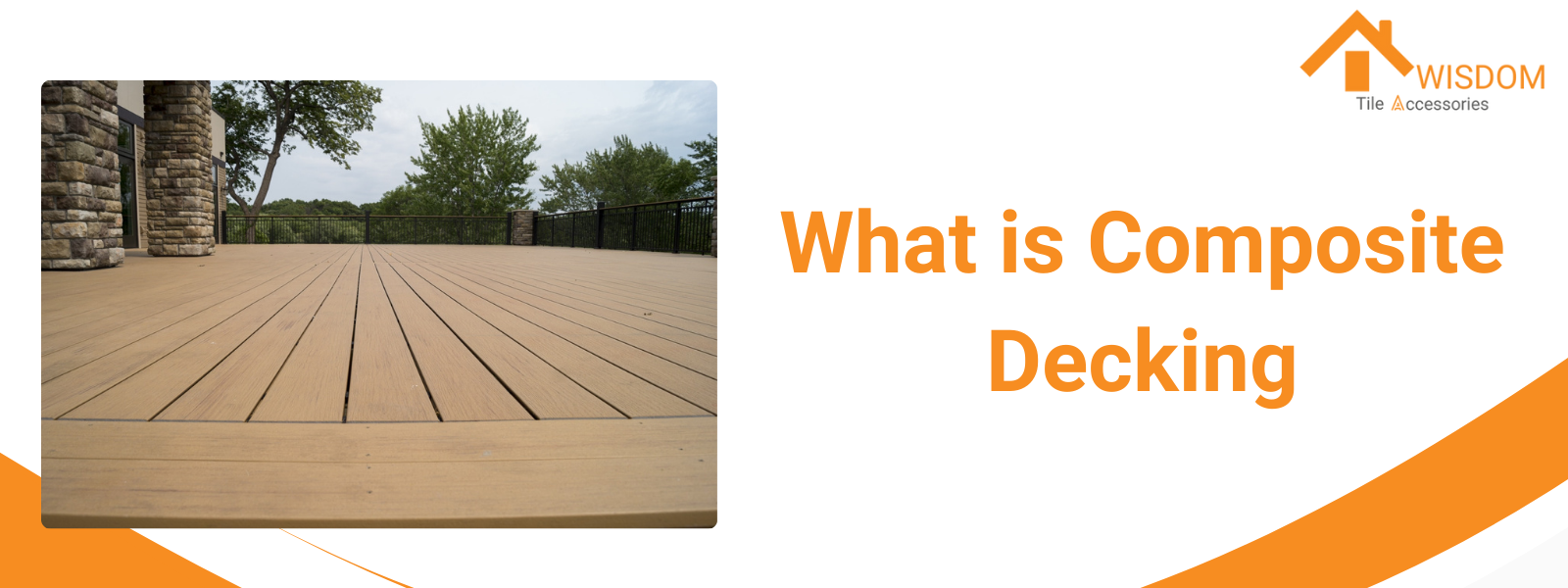
What is Composite Decking
Composite decking is a building material used primarily in outdoor decking constructions. It consists of a blend of wood fibers and plastic materials, combined to create a product that aims to offer the durability of plastic while maintaining the appearance and texture of wood. This synthesis is designed to provide a decking option that is more resistant to environmental factors such as moisture, temperature fluctuations, and UV radiation, compared to traditional wood decking.
What is Composite Decking Material
The material used in composite decking is typically made from recycled or virgin plastic and wood byproducts like sawdust, chips, or wood fiber. These components are mixed and then heated to form a dense, durable board. The plastic content in composite decking usually consists of polyethylene (PE), polypropylene (PP), or polyvinyl chloride (PVC), each contributing to the overall durability and resistance of the product.
The production process of composite decking often involves the extrusion of the materials, where the mixture is forced through a mold to create boards that mimic the look of wood. Some composite decking products are capped, which means they have a protective outer layer that further enhances their resistance to fading, staining, and scratching. This capping technology also allows for a variety of textures and colors, enabling customization to fit a wide range of aesthetic preferences.
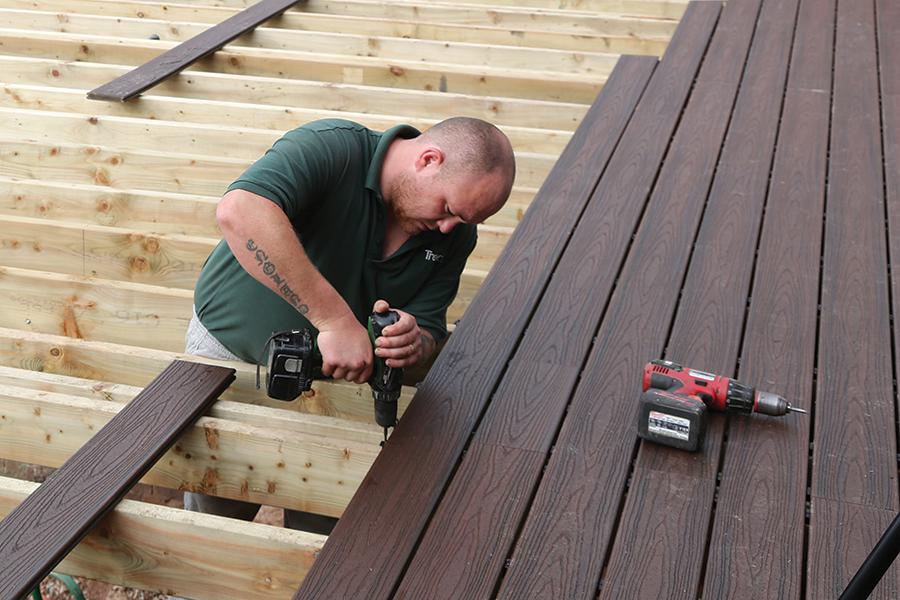
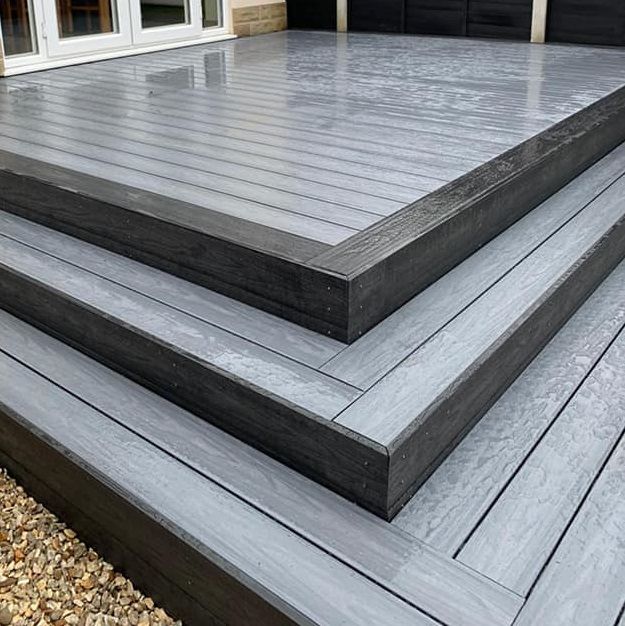
What is the Advantage of Composite Decking?
Composite decking offers several advantages that make it an appealing choice for outdoor spaces. These benefits address some of the limitations of traditional wood decking and provide long-term value and convenience.
#1 More Cost-Effective
Although the initial cost of composite decking can be higher than that of traditional wood decking, it is considered more cost-effective over time. This cost-effectiveness is due to its minimal maintenance requirements. Unlike wood, composite decking does not need to be stained, sealed, or painted regularly, saving homeowners time and money on upkeep.
#2 Easy to Install
Composite decking is designed for easy installation. Many products feature a hidden fastener system, which creates a smooth, nail-free surface that is both aesthetically pleasing and safe for bare feet. This can reduce installation time and potentially lower installation costs, making it a convenient option for both professionals and DIY enthusiasts.
#3 Environmentally Friendly
One of the key advantages of composite decking is its environmental friendliness. Composite materials are often made from recycled plastic and wood fibers, reducing waste and the need for virgin materials. This recycling process helps in waste management and decreases the environmental footprint associated with decking materials.
#4 Moisture Resistant
Composite decking's resistance to moisture is a significant advantage over traditional wood decking. The materials used in composite decking are designed to resist rot, warping, and mold growth, which are common issues with wood when exposed to the elements. This makes composite decking a suitable option for areas with high moisture levels, including pool sides and coastal regions.
#5 Doesn't Splinter
Unlike wood, composite decking does not splinter, making it a safer option for families with children and pets. This feature ensures a more comfortable and worry-free experience for everyone who walks on it barefoot. The lack of splinters contributes to the overall durability and longevity of the decking, maintaining its appearance and functionality over time.
What are the Common Problems with Composite Decking?
Composite decking, while popular for its low maintenance and aesthetic appeal, can face several common problems. Here's a comprehensive look at these issues based on user experiences and expert insights:
1. Heat Retention
Composite decking can absorb and retain heat, making it uncomfortably hot to walk on during sunny days. This is particularly problematic for darker-colored decks that attract more sunlight.
2. Fading and Staining
Over time, composite decking can fade due to prolonged exposure to sunlight. Although it's less prone to staining than wood, certain substances can still leave marks that are difficult to remove.
3. Expansion and Contraction
Composite materials can expand and contract with temperature changes. If not properly installed with adequate spacing for expansion, decking can warp or shift.
4. Surface Damage
While composite decking is durable, it's not immune to scratches, dents, or chipping. Furniture, pet claws, and high heels can damage the surface.
5. Cost
Initial installation costs for composite decking are higher than traditional wood. While it may save on maintenance costs over time, the upfront investment is significant.
6. Difficulty in Repair
Repairing or replacing damaged sections of composite decking can be more difficult than with wood. Matching colors and finishes, especially for discontinued lines, can be challenging.
7. Slippery When Wet
Some composite decking materials can be slippery when wet, posing a safety risk. Manufacturers have addressed this by offering textured or slip-resistant surfaces, but not all products are created equal.
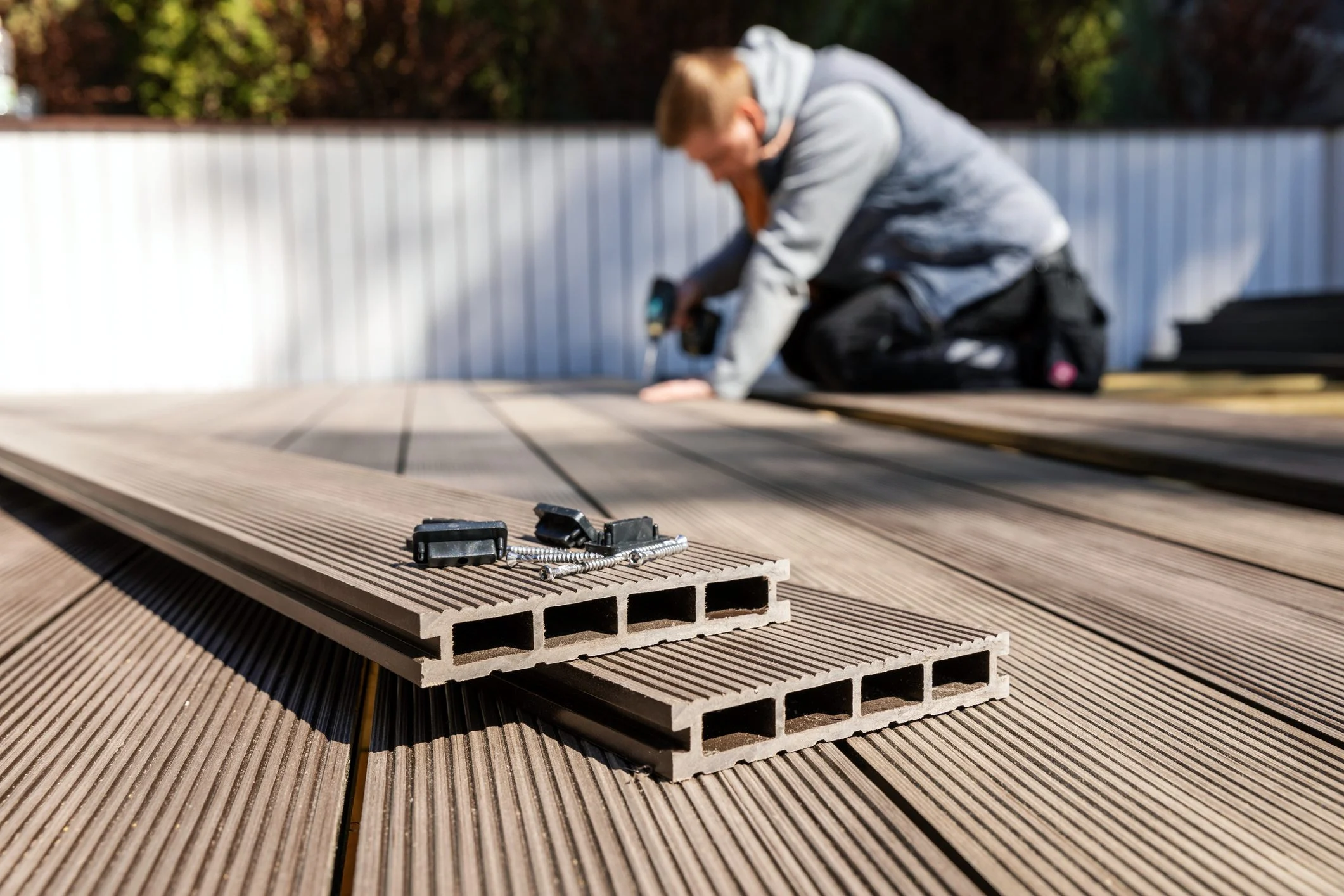

How Long does Composite Decking Last?
Composite decking is designed for durability and longevity, offering a significant advantage over traditional wood decking in terms of lifespan. The expected lifespan of composite decking can vary depending on the quality of the material, the environmental conditions it is exposed to, and how well it is maintained.
Expected Lifespan
- High-Quality Composite Decking: Top-tier composite decking products can last anywhere from 25 to 30 years or more. Some premium brands even offer warranties that match these durations, underscoring their commitment to the material's longevity.
- Mid-Range Products: For composite decking products that are not at the top end but still of good quality, you can expect a lifespan of 20 to 25 years. These products are designed to withstand wear and tear, but may not have the same level of resistance to fading and staining as the higher-end options.
Factors Affecting Lifespan
- Quality of Materials: The composition and quality of the composite material play a crucial role in its durability. Higher-quality composites with denser construction and advanced protective coatings are more resistant to fading, scratching, and moisture damage.
- Environmental Conditions: Exposure to harsh weather conditions, including extreme temperatures, heavy rainfall, and prolonged sunlight, can affect the decking's longevity. Products designed to withstand specific environmental stresses will generally last longer.
- Maintenance: While composite decking requires less maintenance than wood, regular cleaning and occasional inspections can help extend its life. Removing debris, cleaning spills quickly, and ensuring good drainage around the deck are important.
- Installation: Proper installation according to manufacturer guidelines is critical. Incorrect spacing, inadequate ventilation, and failure to accommodate for expansion and contraction can all shorten the deck's lifespan.
- Usage: The level of foot traffic and the type of furniture or equipment used on the deck can also impact its durability. Heavy use can lead to more wear and tear over time.
Maximizing the Lifespan of Your Deck
To ensure your composite decking lasts as long as possible, follow these tips:
- Choose the Right Product: Invest in high-quality composite decking that suits your climate and usage needs.
- Follow Installation Guidelines: Ensure that installation is done correctly, with attention to spacing, ventilation, and fastening.
- Perform Regular Maintenance: Clean the deck regularly, remove leaves and debris, and address spills and stains promptly.
- Use Protective Measures: Consider using rugs or mats under furniture and grills to prevent scratches and scuffs.
How to Translate Composite Decking
In the realm of home improvement and decking solutions, achieving a seamless transition between different flooring materials or between indoor and outdoor spaces can significantly elevate the aesthetic and functional appeal of your living environment. When it comes to composite decking, the integration of transition strips plays a crucial role in not only enhancing the visual continuity of your space but also in ensuring durability and safety in areas where flooring materials meet.
Transition strips, essentially, are designed to bridge gaps between varying flooring types, levels, or thresholds, providing a smooth transition that mitigates trip hazards and protects the edges of the flooring materials from wear and tear. In the context of composite decking, these strips become indispensable in areas where the deck meets another flooring type, such as tile or concrete, or at the junctions between different levels of decking.
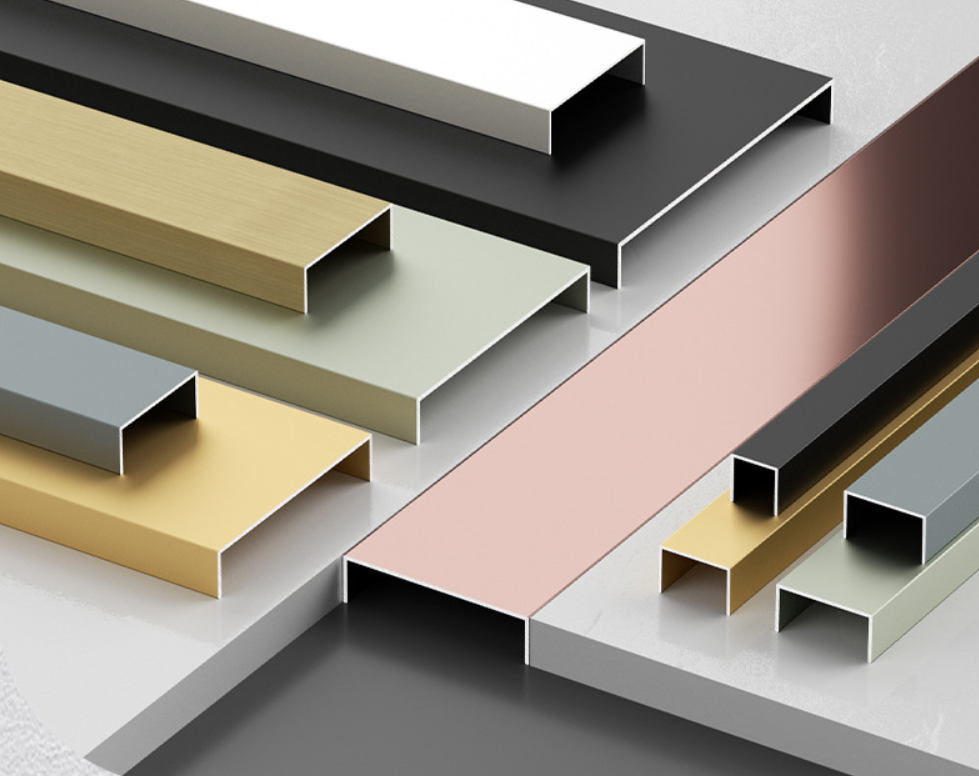
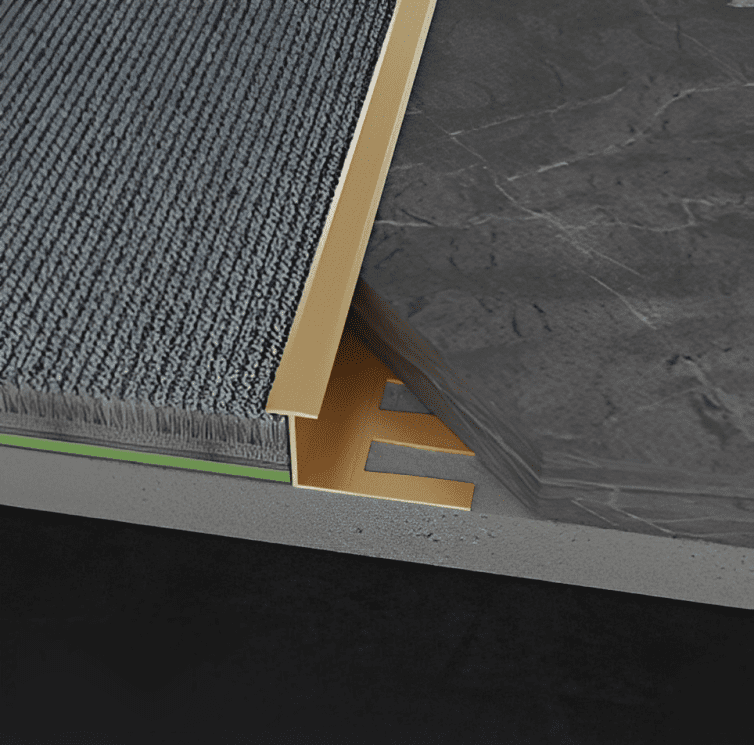
Our approach at Awisdom Tile Accessories leans towards offering comprehensive solutions that cater to the intricacies of decking installations and beyond. Our expertise lies in crafting high-quality transition strips that not only serve their functional purpose but also complement the aesthetic of your composite decking. Given the diversity in decking designs and materials, our product range is meticulously developed to match a broad spectrum of styles and specifications.
Drawing from years of experience in the industry, we've come to understand the nuanced demands of both residential and commercial projects. Our transition strips are designed with precision, ensuring a perfect fit and finish that aligns with the high standards of our clients' projects. Whether you're looking to connect your composite decking with a different flooring type or aiming to create a seamless flow between outdoor and indoor spaces, our transition strips offer the ideal solution.
Moreover, our commitment to innovation and quality doesn't end at the production line. We strive to be at the forefront of the latest trends and technologies in the building materials sector, ensuring that our products not only meet but exceed the expectations of our customers. Our transition strips are a testament to this ethos, embodying durability, aesthetic versatility, and ease of installation.
In choosing Awisdom Tile Accessories for your decking project, you're not just selecting a product; you're opting for a partner dedicated to enhancing the beauty and functionality of your space. Our goal is to facilitate a seamless transition in every sense – not just between different flooring materials but also in elevating your project from concept to completion with elegance and efficiency.
For those embarking on a decking project or looking to refine an existing outdoor space, incorporating transition strips from Awisdom Tile Accessories can markedly enhance the finish and longevity of your composite decking. It's an investment in the seamless integration of function and style, ensuring that every step across your decking is as smooth as it is secure.
FAQ about Composite Decking
How Much is Composite Decking?
Composite decking costs between $4.50 to $13 per square foot for the decking alone, or about $30 to $60 per square foot installed. This includes the substructure like joists, posts, and beams. The final cost can vary based on factors such as deck size, design choices, and additional features like rails, stairs, and fascia. Most leading composite decking manufacturers offer warranties of 25-50 years, enhancing their value over time compared to natural wood, which requires more maintenance and doesn't come with a warranty.
What is the Best Composite Decking in Australia?
In Australia, the best composite decking brands include Trex, TimberTech, and ModWood, known for their quality, durability, and aesthetic appeal. Trex offers high-performance decking with a deep wood-grain pattern and luxury colors. TimberTech is renowned for its innovation and technology in creating low-maintenance, high-quality composite decking. ModWood provides sustainable composite decking made from recycled wood and plastic, focusing on environmental responsibility. The best choice depends on your preferences for aesthetics, durability, maintenance, and environmental impact.


